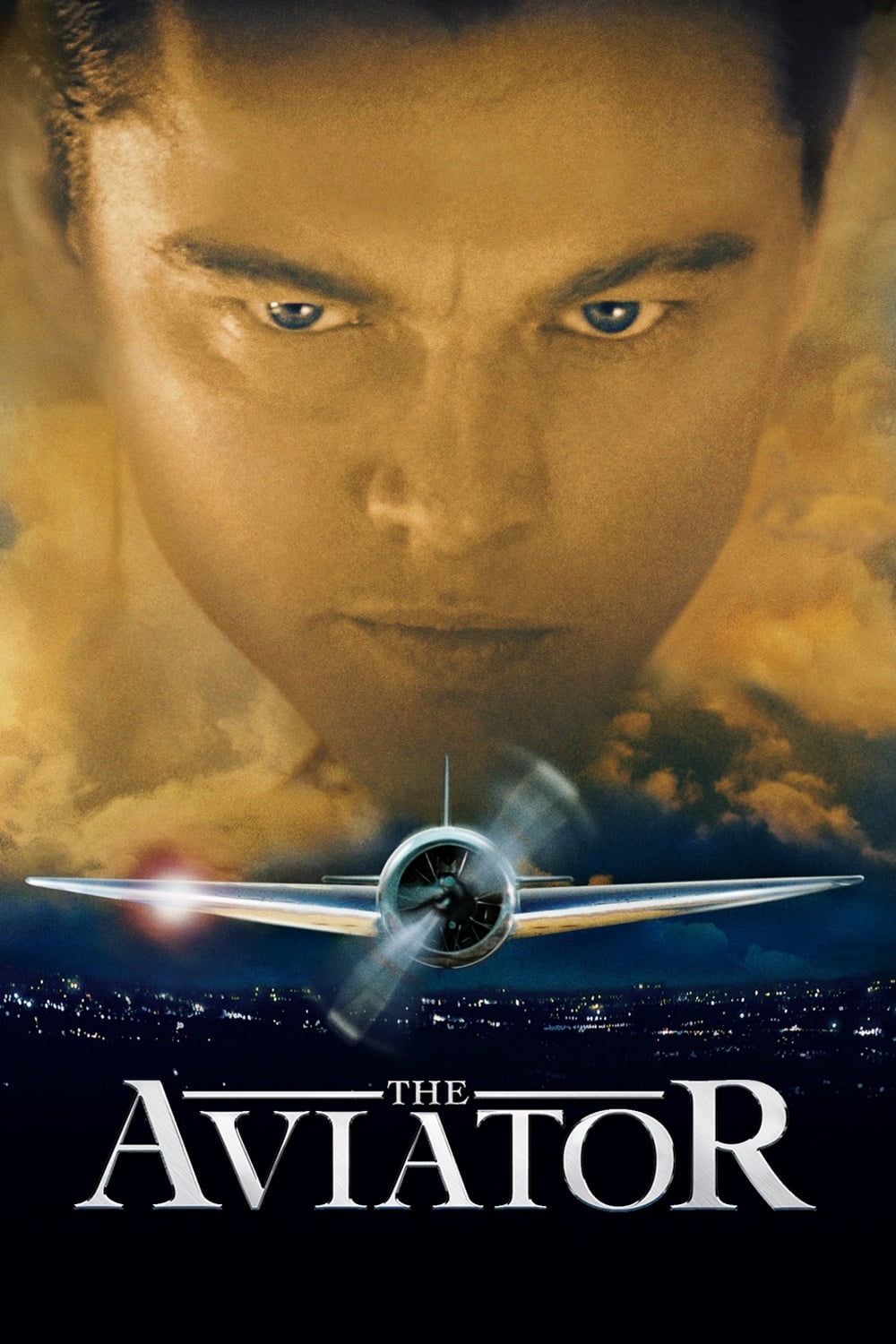
A biopic depicting the life of filmmaker and aviation pioneer Howard Hughes from 1927 to 1947, during which time he became a successful film producer and an aviation magnate, while simultaneously growing more unstable due to severe obsessive-compulsive disorder.
17 May The Aviator (2004)
Three Characters
We all live in our own movies, and particularly like movies of people who do so more literally. Here are three in one film:
Martin Scorsese: My regular readers know that I have been very critical of his films. Sure, they are crafted well enough, but the world he created was not one worth visiting. His films until recently were of the Italian storytelling school which focuses on characters. Those characters do not inhabit their worlds as much as create them. Scorsese’s camera, therefore, was affixed to people, almost by a visible thread.
But those of us who watch film seriously know that there is nothing but empty darkness just outside the camera’s eye. There’s no world, so there can be no God, or fate, or luck or whatever material you imagine fills the river of life. He knows it is a cheat as well and has said so. Just like many other fabulously successful filmmakers who know their work is hollow, in his later years he’s tried to mature… to master a greater notion of creation.
“Gangs” was a success in this regard though an unfinished film because the Weinsteins pulled the plug. It marked a completely different approach to space and context, and I applauded it. Now he actually finishes a movie in the new style. Though this is a story of a man, it is no longer anchored to the man. The camera is now Orson Welles’ camera with shots of the space with people in it. So obvious is some of this that when Hughes first retreats, he stays out a room that inexplicably (and unhistorically) has strings tied from hither and yon from objects. Take another look at that room and see all of Scorsese’s old camera angles. I think we can welcome Scorsese now as the best new filmmaker of the year. This is as much his story as Hughes’.
Cate Blanchett: Cate is one of three actresses alive who can fold her acting, meaning that she can simultaneously deliver two characters in the same motions. She’s at the top of her game here (while Julianne is devolving with an apparently thick husband). Hepburn was an amazing actress, deeply untalented in the conventional measures but capable of engineering her surroundings to suit. Her engineering of the “Philadelphia Story” persona is Hollywood legend. She engineered a character that worked, then stepped into it. The old Scorsese would have hired someone like Streep and lumbered around after her.
The new Scorsese allows Cate to flower and willingly supports the folding: an actress (Cate) playing a character (Kate) who is playing a character. You can see all the conduits of control, all the taught strings at two levels. God, what a great time to be alive!
Howard Hughes: The movie gave the impression that Howard simply inherited his money. No so. He was a brilliant engineer who famously codesigned systems and the engineering organisations to support them. While most of us were barfing at frat parties, he designed a drill bit (often credited to his father) that is still the standard in the industry, together with a set of screw connections that has since become the international standard. That’s where the money came from. And though he went loopy toward the end, he ensured that 100% of his wealth (yes, all assets were sold) went to endow the world’s largest private research institute.
This was a passionate engineer in a world of monopolistic thugs (Gates take notice), truly what we like to think the “free market” is all about. The movie also ignores a key movie connection: He always intended the “Spruce Goose” to be made of wood, and because all US manufacturing assets were committed, he designed a production system that allowed small businesses, even backyard groups, to make pieces that would be floated down rivers and successively be glued into larger parts. This (what he called the “packet production system”) was the first serious research into what we today call “virtual enterprises.”
When the war ended, he sent his virtual enterprise experts into his film business where they used the system (freely giving away details) to destroy the vertically integrated studio system. Nearly all movies today use his virtual enterprise approach and the Weinsteins (producers of this very film) are the current masters of the system.
Posted in 2005
Ted’s Evaluation — 3 of 3: Worth watching.


No Comments